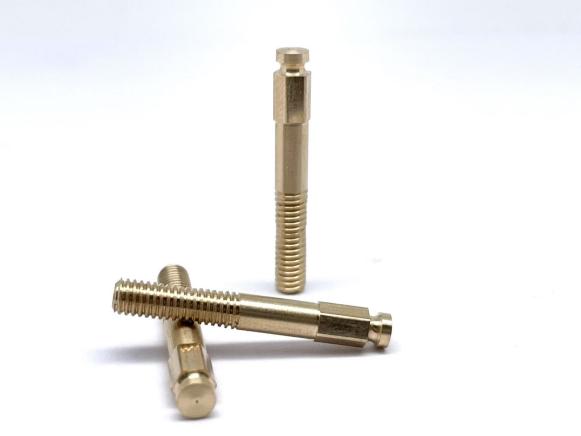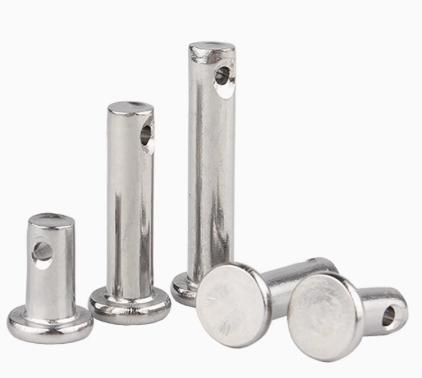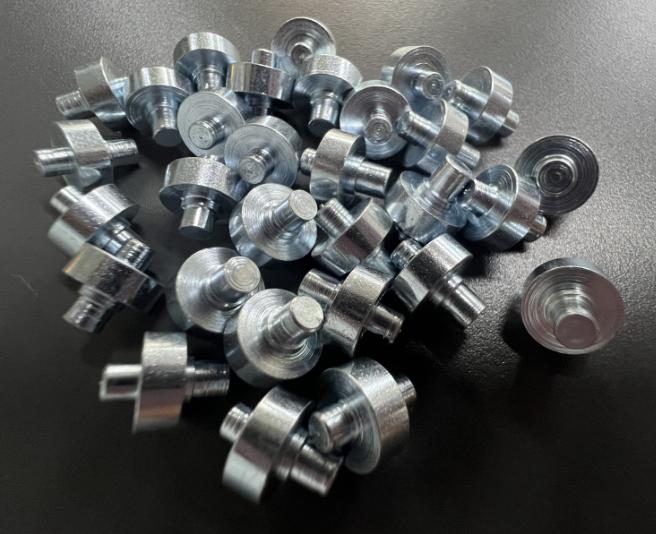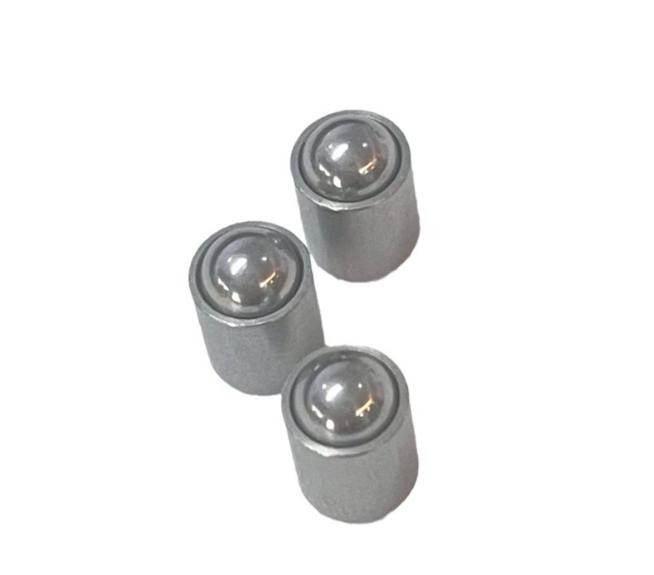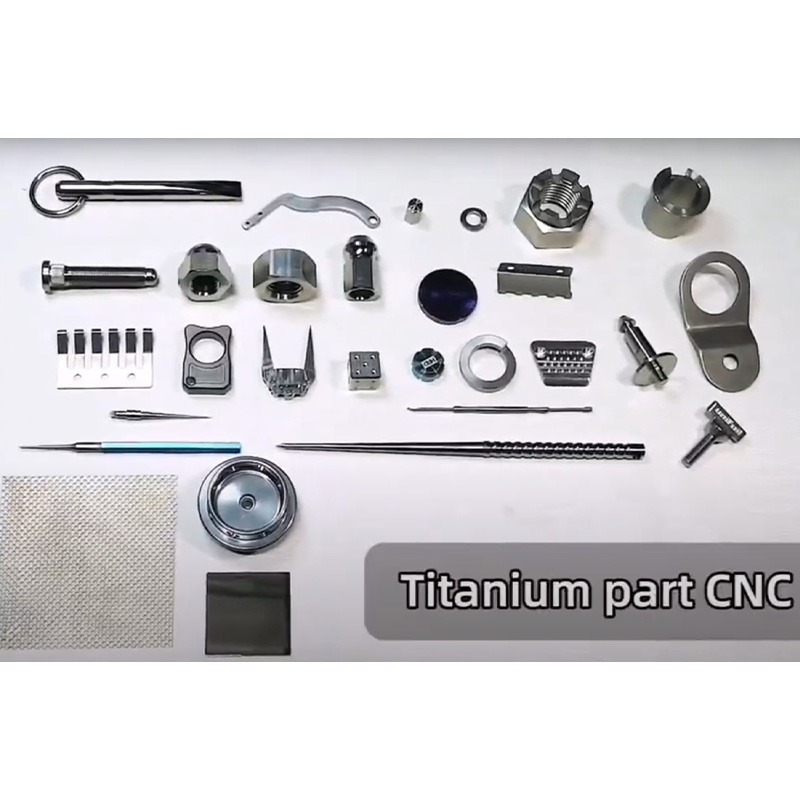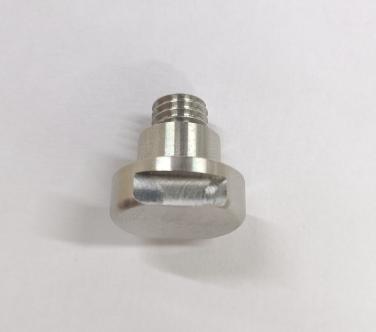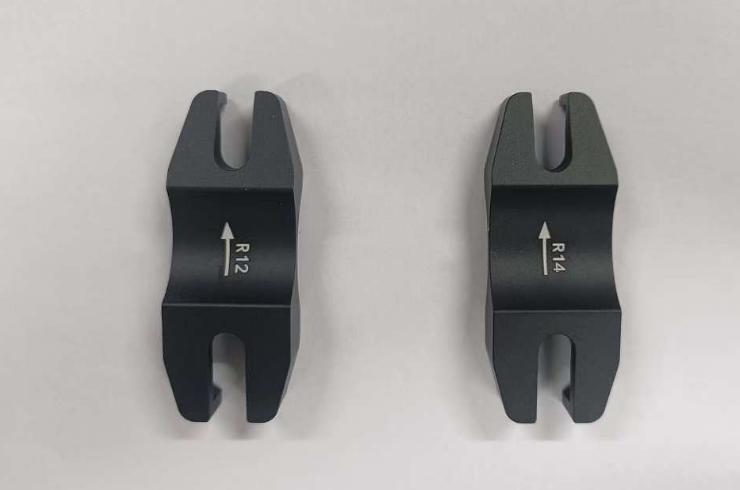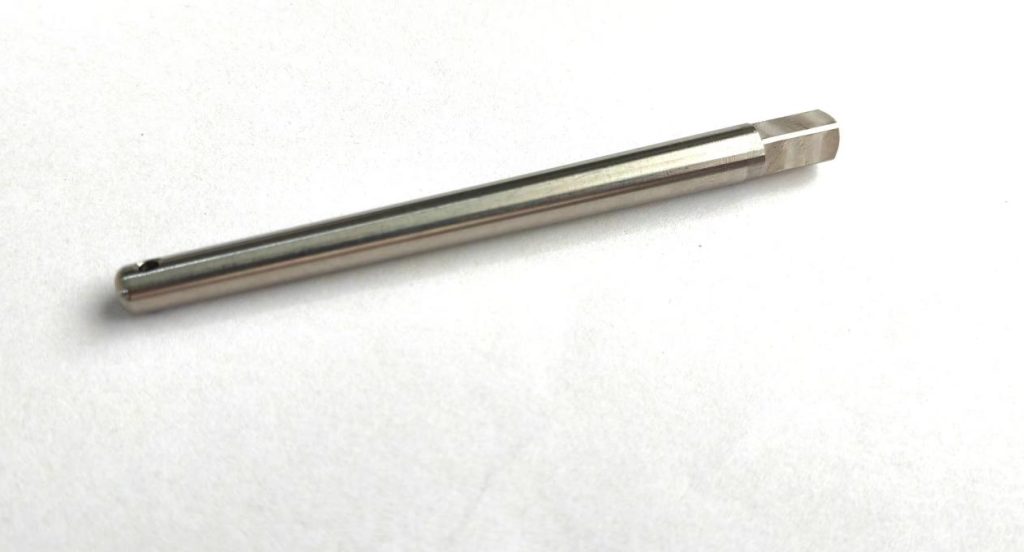The Pivotal Role of Tolerances in CNC Machining: Ensuring Functional and Aesthetic Requirements
In the realm of manufacturing, precision is paramount. CNC machining, a computer-controlled subtractive manufacturing process, has revolutionized the industry, enabling the production of intricate and high-quality components. However, achieving the desired level of precision in CNC machining hinges on a crucial aspect: tolerances. Tolerances define the acceptable range of variation in a machined part’s dimensions, ensuring that it meets the functional and aesthetic requirements of its intended application.
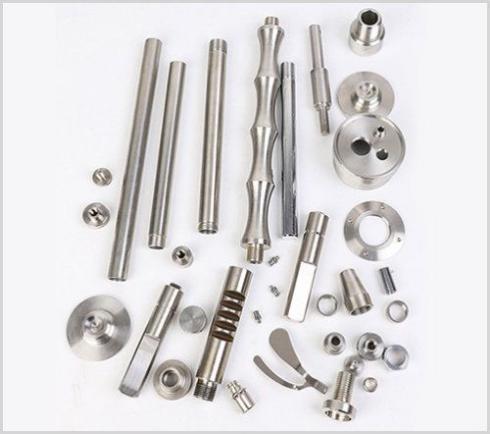
Significance of Tolerances in CNC Machining
Tolerances play a pivotal role in various aspects of CNC machining. They determine the fit and interchangeability of parts within an assembly, ensuring seamless integration and optimal performance. Tight tolerances are essential for components that require precise alignment or movement, such as bearings, gears, and valves.
Furthermore, tolerances influence the aesthetic appeal of machined parts. Visible components, especially those in consumer products, demand high dimensional accuracy to maintain a consistent and pleasing appearance. Tight tolerances prevent inconsistencies and imperfections that could detract from the product’s overall aesthetic value.
Moreover, tolerances impact the cost of CNC machining. Achieving tighter tolerances often requires more specialized equipment, skilled operators, and rigorous quality control measures. These factors increase the overall production cost, but they are necessary for applications that demand exceptional precision.
Types of Tolerances in CNC Machining
The world of tolerances in machining encompasses a variety of types, each serving a specific purpose and applying to different aspects of a machined part.
1. General Tolerances
General tolerances are denoted by a plus-minus sign (±) followed by a numerical value. For instance, a tolerance of ±0.005 inches indicates that the actual dimension of a machined feature can vary by 0.005 inches in either direction from the nominal dimension.
2. Geometric Dimensioning and Tolerancing (GD&T)
GD&T is a standardized system for defining and controlling tolerances in machining. It employs a set of symbols and annotations to precisely specify the allowable variation in a part’s dimensions, form, and location.
3. Unilateral and Bilateral Tolerances
Unilateral tolerances specify the allowable variation in one direction from the nominal dimension. For example, a tolerance of +0.010/-0.000 inches indicates that the actual dimension can be up to 0.010 inches larger than the nominal dimension but cannot be smaller.
Bilateral tolerances, on the other hand, specify the allowable variation in both directions from the nominal dimension. The standard bilateral tolerance is ±0.005 inches, indicating that the actual dimension can vary by 0.005 inches in either direction from the nominal dimension.
4. Limit-Based and Fit-Based Tolerances
Limit-based tolerances define the absolute range of acceptable values for a dimension. For instance, a tolerance of 1.000/0.995 inches indicates that the actual dimension must be between 1.000 inches and 0.995 inches.
Fit-based tolerances define the relationship between two or more dimensions, ensuring that they achieve a desired fit. For example, a clearance fit indicates that two mating parts should have a small gap between them to allow for relative movement.
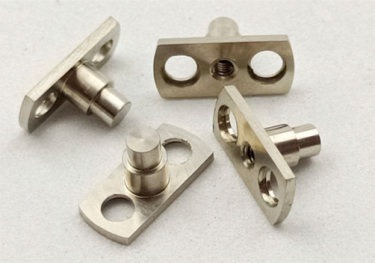
Factors Affecting Tolerances in CNC Machining
Various factors influence the achievable tolerances in CNC machining. These factors include:
1. Machine Capabilities and Precision
The precision of the CNC machine itself plays a significant role in determining the achievable tolerances. Machines with higher precision capabilities and advanced control systems can produce parts with tighter tolerances.
2. Material Properties
The material being machined also affects tolerances. Harder materials, such as tool steel or hardened alloys, are more difficult to machine with tight tolerances due to their resistance to cutting forces.
3. Tool Selection and Cutting Parameters
The selection of appropriate cutting tools and cutting parameters is crucial for achieving tight tolerances. Proper tool geometry, cutting speed, and feed rate minimize material deflection and ensure consistent dimensional accuracy.
4. Environmental Factors
Environmental factors, such as temperature fluctuations and vibrations, can also impact tolerances. Controlled machining environments minimize these external factors, ensuring consistent results.
Impact of Tolerances on CNC Machining Parts
Tolerances have a profound impact on various aspects of CNC machined parts. These impacts include:
1. Functional Performance
Tight tolerances are essential for components that require precise movement or alignment, such as bearings, gears, and valves. Accurate dimensional control ensures optimal performance and minimizes the risk of malfunctions or failures.
2. Assembly Fit and Interchangeability
Tolerances determine the fit and interchangeability of parts within an assembly. Consistent dimensional accuracy ensures that parts fit together seamlessly and function as intended, without the need for selective assembly or excessive fitting.
3. Aesthetic Considerations
Tolerances influence the aesthetic appeal of machined parts. Visible components, especially those in consumer products, demand high dimensional accuracy to maintain a consistent and pleasing appearance. Tight tolerances prevent inconsistencies in surface finish, feature size, and overall geometry, ensuring that machined parts look uniform and polished. This is crucial for products that rely on their appearance for visual appeal, such as jewelry, precision instruments, and luxury goods.
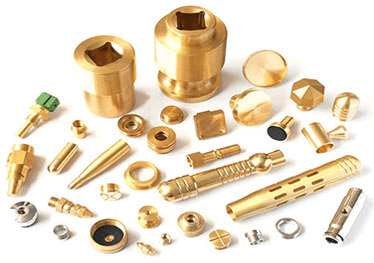
Achieving Tight Tolerances in CNC Machining
Producing CNC machined parts with tight tolerances requires a combination of specialized equipment, skilled operators, and rigorous quality control measures. Several approaches can be employed to achieve the desired level of precision:
1. Selecting Appropriate Machine Tools and Tooling
Investing in high-precision CNC machines with advanced control systems is essential for achieving tight tolerances. These machines offer enhanced accuracy and stability, enabling the production of parts with minimal dimensional variations.
Selecting the right cutting tools is also crucial. Sharp, high-quality tools minimize material deflection and ensure consistent cutting forces, contributing to dimensional accuracy. Tool geometry, coating, and material selection should be tailored to the specific material being machined.
2. Employing Advanced Machining Techniques
Advanced machining techniques, such as high-speed machining (HSM) and micromachining, offer enhanced precision and the ability to produce intricate features with tight tolerances. HSM utilizes high spindle speeds and optimized cutting paths to minimize material deflection and vibration, resulting in smoother surface finishes and tighter dimensional control.
Micromachining, on the other hand, specializes in machining extremely small features with exceptional precision. It employs specialized tools and techniques to achieve tolerances in the micro- and nanometer range.
3. Implementing Strict Quality Control Measures
Rigorous quality control measures are paramount for ensuring that CNC machined parts meet the specified tolerances. These measures include:
- Dimensional Inspection: Utilizing precision measuring tools, such as coordinate measuring machines (CMMs), to verify the dimensions of machined parts.
- Surface Finish Inspection: Employing surface profilometers and other instruments to assess the surface roughness and quality of machined parts.
- Statistical Process Control (SPC): Implementing SPC techniques to monitor and control the machining process, identifying and eliminating sources of variation that could impact tolerances.
4. Utilizing Specialized Software for Tolerance Analysis
Specialized software tools can be employed to analyze the impact of various factors on tolerances, enabling manufacturers to optimize machining parameters and achieve the desired level of precision. These tools can simulate the machining process and predict the resulting dimensional variations, allowing for proactive adjustments to ensure tolerance compliance.
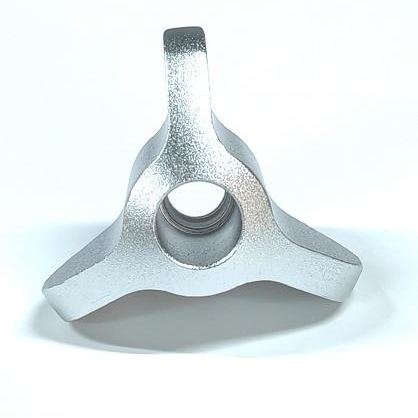
Conclusion
Tolerances play a pivotal role in CNC machining, influencing the functional performance, assembly fit, aesthetic appeal, and overall cost of CNC machined parts. Understanding the different types of tolerances, the factors that affect them, and the strategies for achieving tight tolerances is essential for producing high-quality CNC machined components that meet the demanding requirements of various applications.

